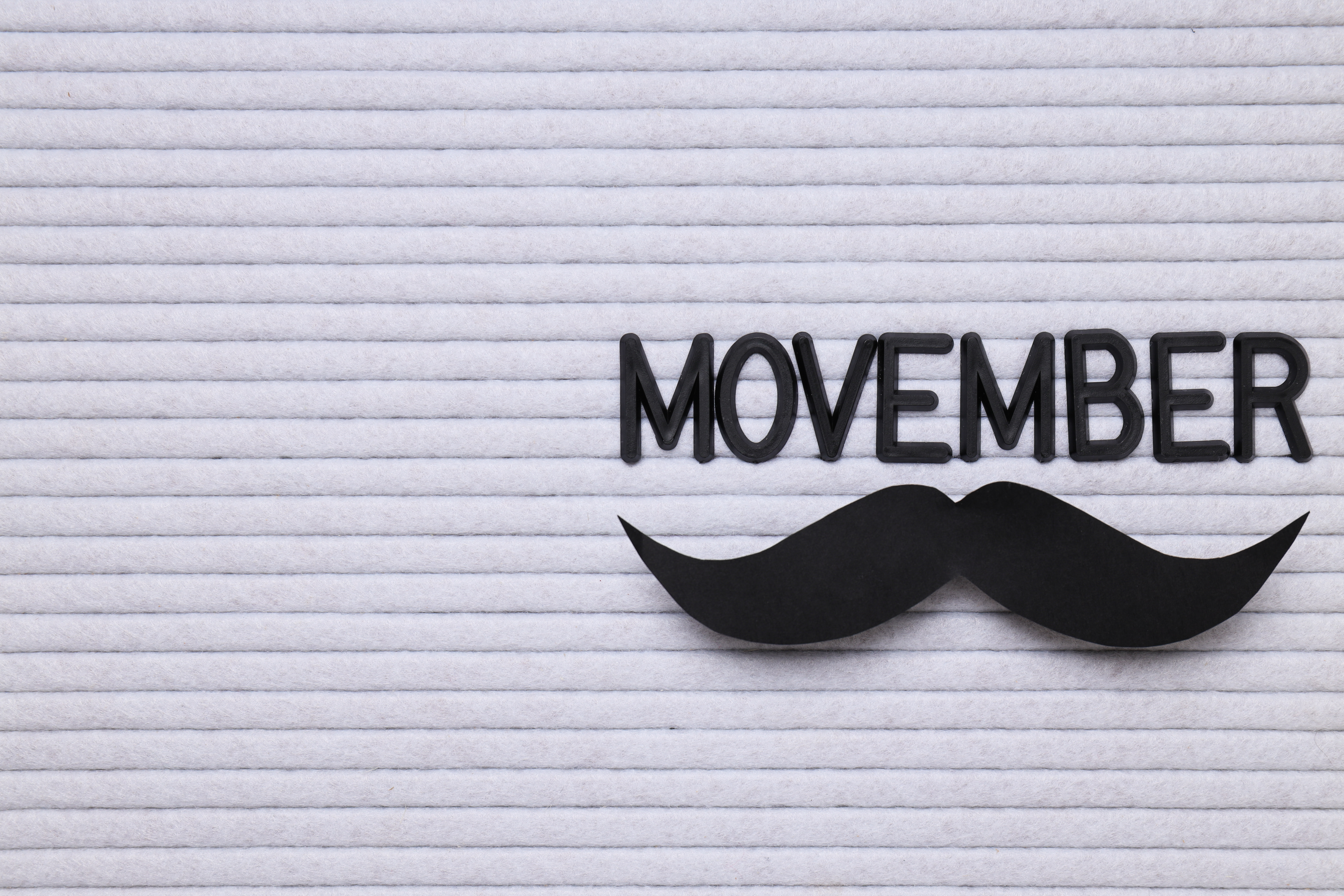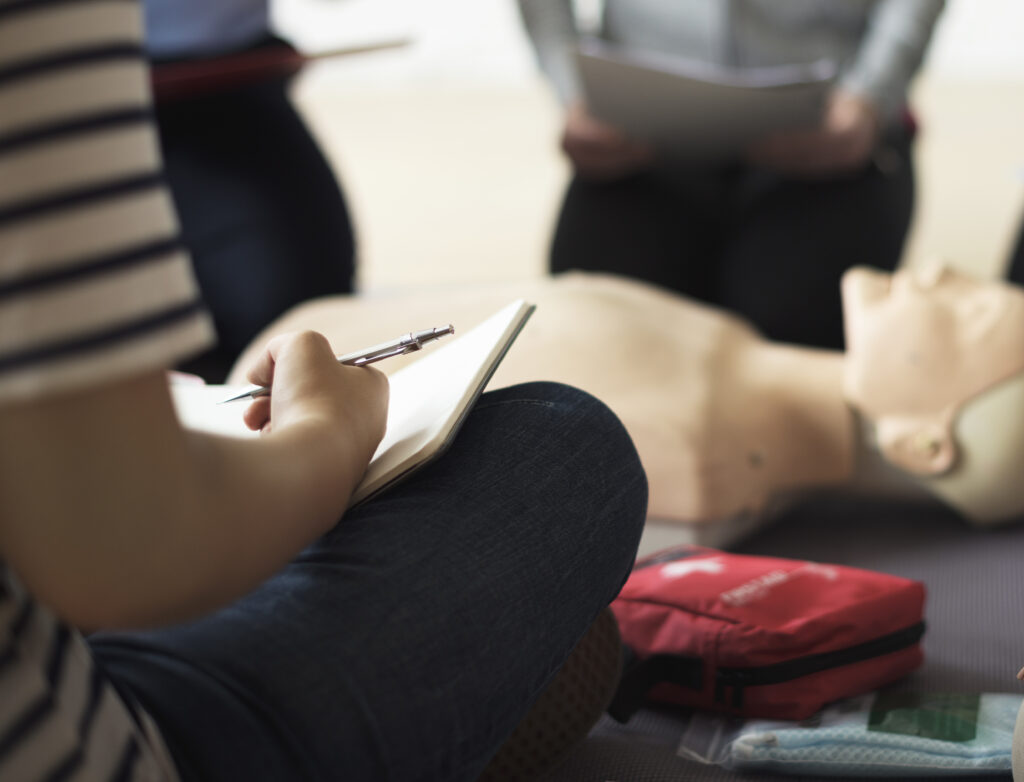Introduction
In our fast-paced lives, minor injuries can take place anytime. From cooking area blade cuts to bumps and bruises acquired throughout weekend break sporting activities, knowing exactly how to deal with these injuries is necessary for everyone. This write-up will look into the practical strategies for dealing with minor injuries on yourself, giving you with the necessary abilities to respond properly in emergency situations. Whether you're at home or outdoors, comprehending emergency treatment is a vital component of community health.
Treating Minor Injuries on Yourself: Quick First Aid Techniques Every Person Need To Know
Being geared up with first aid knowledge not only equips you but likewise plays an important role in neighborhood health. Envision a situation where somebody falls down at a local event; having bystanders that recognize fundamental first aid can be lifesaving. Yet what about the everyday minor injuries? Allow's check out some quick strategies that can make a substantial difference.
Understanding Common Minor Injuries
Types of Minor Injuries
Cuts and Scrapes- Often caused by sharp things like kitchen area knives or broken glass. Usually surface however may call for correct cleansing and bandaging.
- Can occur from warm fluids (scalds) or straight call with fire. Knowing how to deal with burns without delay can prevent extreme damage.
- Common in sporting activities tasks or mishaps around the home. Immediate treatment can reduce swelling and promote healing.
- Often brought on by dry air or trauma. Tilting your head back is common suggestions, however comprehending effective methods is crucial.
- Can lead to allergies; acknowledging pet dog distress after a sting is vital for their wellbeing.
Essential Family Things for Very First Aid
Having a well-stocked first aid package at home makes First Aid Courses Wollongong treating minor injuries more efficient and reliable. Below are essential house items you should consist of:
- Adhesive plasters (numerous dimensions) Sterile gauze pads Antiseptic wipes Tweezers Scissors Burn cream Ice packs Pain relievers (like advil) Instant chilly packs A digital thermometer
The Importance of Getting Authorization in Different Communities
When offering first aid, it is necessary to get consent, specifically within varied neighborhoods where social norms may influence interaction styles. Constantly approach individuals pleasantly, describing your intents plainly before waging any assistance.
Recognising Animal Distress During Emergency Treatment Situations
When treating minor injuries on yourself, don't forget your animals! Acknowledging pet dog distress-- such as extreme whining or hiding-- is essential if they're associated with an injury incident. Comprehending pet actions not just aids in handling their pain but likewise guarantees their security during demanding situations.
First Help Strategies for Cuts and Scrapes
Step-by-Step Guide to Treat Kitchen Area Blade Cuts
Stop the Bleeding
Apply mild pressure making use of a tidy cloth or bandage up until hemorrhaging stops.
Clean the Wound

Apply Antiseptic
Utilize a disinfectant clean to cleanse around the location to decrease infection risk.
Dress the Wound
Cover it with a sterilized bandage; replace it everyday or when it ends up being wet or dirty.
Monitor for Infection
Watch for signs such as enhanced inflammation, swelling, or pus; seek advice from a medical care professional if these symptoms arise.
How to Treat Burns Effectively
Different Types of Burns and Their Treatments
First-Degree Burns (Moderate): Inflammation and pain without blisters.

- Run cool (not cold) water over the melt for 10-- 20 minutes. Apply aloe vera gel to relieve the skin.
Second-Degree Burns (Moderate): Blisters form along with soreness and swelling.
- Similar therapy as first-degree burns however avoid damaging sores; seek clinical attention if big locations are affected.
Third-Degree Burns (Extreme): White or charred skin; no pain because of nerve damage.
- Call emergency situation solutions immediately; do not submerse in water!
Effective Treatment for Strains and Strains
RICE Technique Explained
To handle sprains properly, use the RICE method:
Rest: Prevent putting weight on the damaged area. Ice: Apply cold pack covered in fabric for 15-- 20 mins every hour. Compression: Utilize an elastic bandage to reduce swelling. Elevation: Maintain the hurt location elevated above heart degree whenever possible.Dealing with Nosebleeds: Appropriate Techniques
Tilting Head Back vs Various Other Methods
While turning your head back during nosebleeds is common guidance, this strategy isn't always efficient:
Sit upright and lean slightly forward. Pinch your nostrils with each other just listed below the bony component of your nose. Breathe via your mouth till hemorrhaging quits (generally within 10 minutes).
Handling Pest Bites and Sensitive Reactions
Recognizing early signs of allergies following insect stings can be important: First Aid course for families Wollongong
Mild Response:
- Clean the location with soap and water. Apply ice bag to lower swelling.
Severe Response:
- Signs include difficulty taking a breath or swelling around eyes/lips; telephone call emergency solutions immediately!
Fire Extinguisher Operation: An Essential Skill
Knowing exactly how to operate a fire extinguisher is vital given fire-related injuries during bushfire season:
Remember PASS:
- Pull-- Pull out the pin Aim-- Aim reduced at the base of flames Squeeze-- Squeeze manage slowly Sweep-- Sweep from side to side
Always prioritize security-- leave if necessary!
FAQs Regarding Dealing with Minor Injuries
1. What ought to I do if I get a cut while cooking?
If you obtain cut while cooking, follow these actions:
- Stop any bleeding by applying pressure. Clean with water and apply disinfectant prior to dressing it properly.
2. How much time should I maintain an ice pack on an injury?
You needs to use a cold pack for about 15-- 20 minutes every hour initially after injury happens; guarantee you have a barrier between ice and skin!
3. When need to I look for clinical help after treating my injury?
Seek medical assistance if:
- The wound reveals indicators of infection (redness, pus). You experience persistent discomfort regardless of treatment. You have problems regarding feasible cracks from falls.
4. Exist unique considerations when treating youngsters's injuries?
Yes! Kids may react in different ways than adults regarding pain assumption; always assure them gently throughout therapy processes!
5. What is crucial when taking care of burns at home?
For burns:
- Cool them immediately under running water-- avoid ice! Cover lightly with sterilized gauze without applying lotions unless suggested by professionals afterward!
6. Just how do I acknowledge family pet distress throughout incidents entailing them?
Look out for signs like trembling/shaking excessively, hiding, extreme articulations such as barking/whining prior to aiding them suitably based on their behaviors observed beforehand!
Conclusion
Being ready ways being equipped when it involves dealing with minor injuries on yourself-- and those around you! By comprehending essential first-aid methods such as managing cuts, burns, sprains, nosebleeds efficiently while thinking about elements like acquiring authorization within diverse areas may conserve lives inevitably! Furnish yourself today with knowledge & & vital family things to make sure that next time someone asks "What would certainly you do?", you'll with confidence respond!